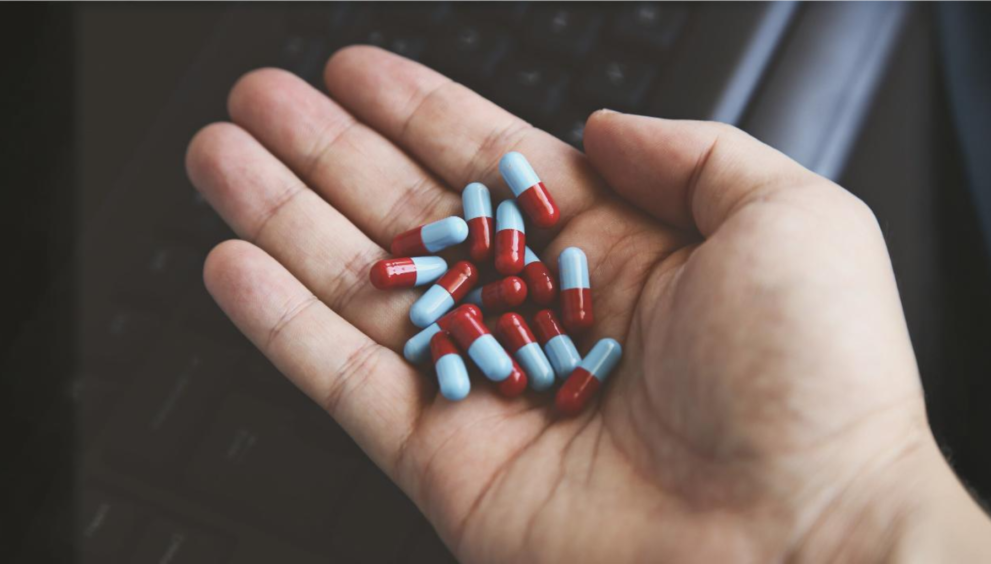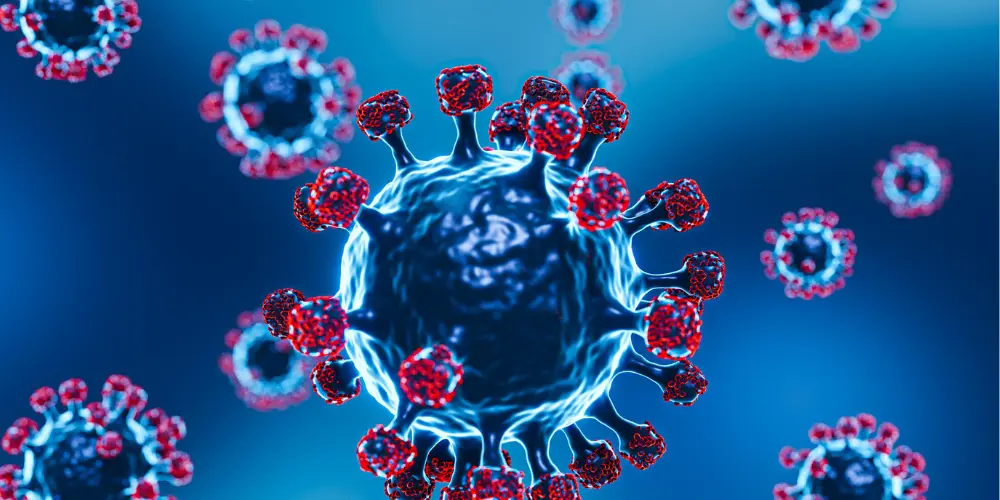Study: Childhood vaccinations in India have reduced antibiotic use
By 2019, India achieved 91% coverage of the DPT3 vaccine for children under two, reducing antibiotic use linked to diphtheria, tetanus, and whooping cough by about 60%
Author
Author
- admin / 1 year

- 0
- 2 min read

Author
Childhood vaccinations in India can reduce disease burden and associated antibiotic use, in turn reducing the risk of antimicrobial resistance, says a new Lancet study.
By 2019, India achieved 91% coverage of the DPT3 vaccine, which protects against diphtheria, tetanus, and whooping cough, for children under two, leading to substantial reduction in the antibiotic use linked to these diseases by about 60%. However, coverage declined due to challenges in the health system caused by the COVID-19 pandemic, the study found.
“We estimated that PCV13 and Hib-containing-pentavelent vaccines implemented at the 2016 levels of DPT3 vaccination have substantially reduced antibiotic use attributable to these diseases; by about 60%) and that continued vaccination would reduce the preventable antibiotic use for these diseases almost completely,” says the study.
The PCV13 is a vaccine that protects against 13 strains of the Streptococcus pneumoniae bacterium, which can cause pneumococcal disease.Hib-containing-pentavelent vaccine, on the other hand, is a combination vaccine that protects children from five diseases: diphtheria, tetanus, whooping cough, hepatitis B, and Haemophilus influenzae type.
In 2019, India used about 5,071 million daily defined doses (DDDs) of antibiotics, contributing to 6.5% of global antibiotic consumption in Southeast Asia. Around 54.9% of these doses were from antibiotics classified as WHO Watch, which increased antimicrobial resistance.
“Estimates suggest that AMR could lead to an annual loss in GDP of 5–7% by 2050 in developing countries and an annual mortality burden of 8.8 million in the Asia and Africa regions,” the study says. Reduction in antibiotic consumption may result in decreases in antibiotic resistance not only at the individual level, but also at the community, country, and regional level.”
Antibiotic consumption is growing rapidly in low- and middle-income countries (LMICS). From 2000 to 2015, per capita consumption of World Health Organization-designated Watch antibiotics increased by 165% in LMICs. The research shows that future vaccinations can bring major health benefits and improve equity in healthcare.
Also read: https://firstcheck.in/750000-amr-related-deaths-can-be-prevented-annually-the-lancet/









